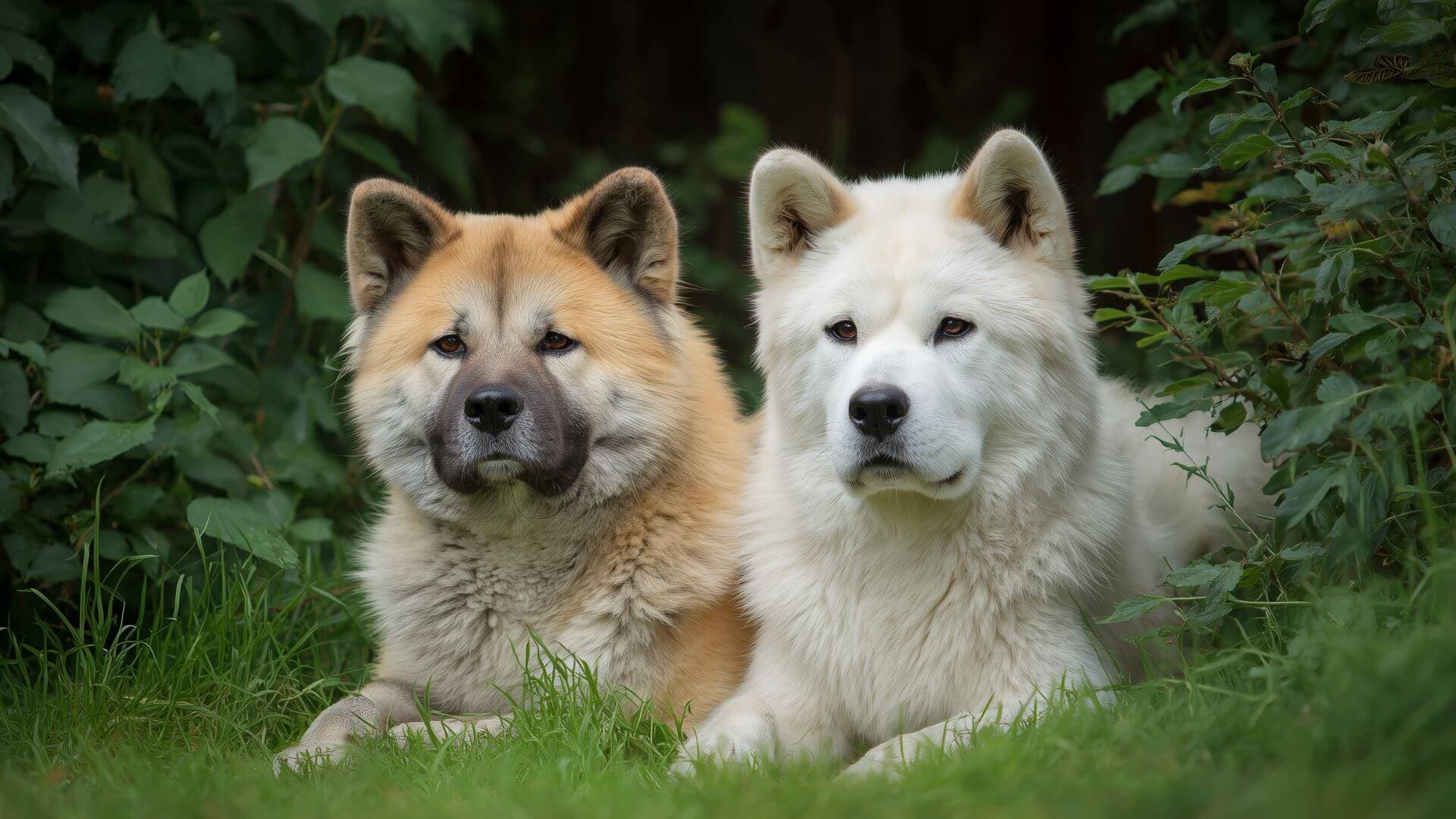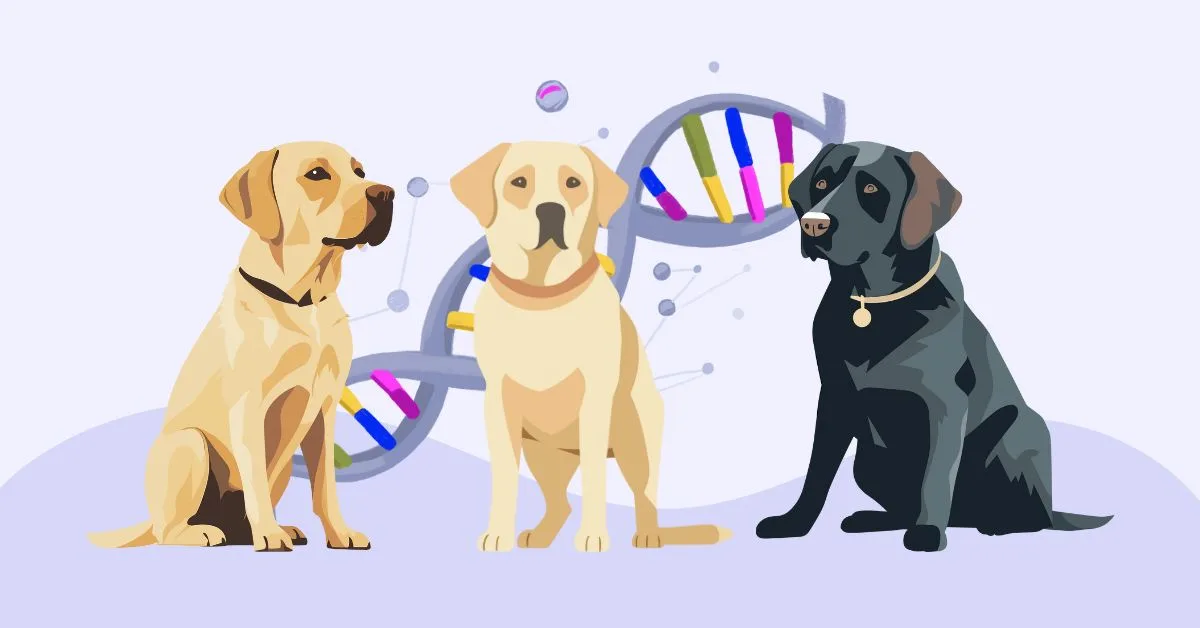
Best Age To Breed A Dog (Male & Female)
Find out the best age to breed dogs and the key factors involved. Ensure your dog’s health and safety with our expert breeding insights.

Connect with responsible Akita breeders and find the ideal breeding partner for your loyal companion
Essential characteristics to consider when breeding these magnificent dogs
10-12 years
With proper care
Loyal, Dignified
Independent nature
Discover what makes Akitas exceptional breeding companions and why they're treasured worldwide
Akita mothers are legendary for their nurturing abilities. Their fierce devotion combined with gentle care creates an ideal environment for raising confident, well-adjusted puppies.
Natural whelping success rate
Devoted mothers raise confident puppies
Breeding Akitas means preserving a living piece of Japanese history. Their National Monument status reflects centuries of careful breeding that created this remarkable companion.
Every Akita puppy is a unique masterpiece. Their plush double coat and majestic bear-like features create an unforgettable presence that attracts admirers worldwide.
The story of Hachiko isn't unique - it's the Akita standard. When you breed Akitas, you're passing on a legacy of loyalty that creates profound bonds between dogs and their families.
Breeding preserves centuries of selective excellence
These exceptional traits make Akitas one of the most rewarding breeds to work with
Follow these essential guidelines for responsible and successful Akita breeding
Patience creates excellence! Waiting until 2 years ensures full maturity and comprehensive health testing. This foundation creates physically and mentally prepared parents.
CHIC certification celebrates comprehensive health excellence
Once per year maximum
2-3 times annually maximum
Thoughtful spacing ensures maternal wellness! Adequate recovery between litters creates healthy, happy mothers.
Critical socialization period for puppies
Key Focus Areas:
Early socialization creates confident, well-adjusted Akitas ready for their families.
Coat Color Genetics
Understand inheritance patterns
Breed Type Verification
Japanese vs American lineage
Genetic Diversity
Avoid inbreeding depression
Modern genetic testing helps preserve breed integrity while improving health outcomes.
Same-Sex Selectivity
Consider living situations carefully
Temperature Sensitivity
Better in cold than heat climates
Preserve Breed Types
Don't cross Japanese & American
Temperament Priority
Select for stable confidence
Connect with verified Akita owners for safe and ethical breeding

Akita

Akita mix

Akita

Akita

Akita

Akita

Akita

Akita
From profile to puppies - your akita breeding journey in 4 simple steps
Set up a detailed profile with photos, health records, and pedigree information
Browse verified breeding partners based on breed, location, and compatibility
Message owners directly to discuss breeding plans and health certifications
Meet safely, complete breeding agreements, and welcome healthy puppies
Set up a detailed profile with photos, health records, and pedigree information
Browse verified breeding partners based on breed, location, and compatibility
Message owners directly to discuss breeding plans and health certifications
Meet safely, complete breeding agreements, and welcome healthy puppies
Join thousands of responsible akita owners who trust us for quality breeding connections
Every breeder is verified, ensuring you connect with genuine, responsible pet owners.
Find breeding partners near you to make meetings convenient and stress-free.
Customize your search with detailed filters for breed, age, health status, and more.
Chat directly with pet owners to discuss all details before making any commitments.
Join thousands of responsible akita owners who've found quality breeding partners on Petmeetly.
Get Started NowReal stories from dog owners who found perfect breeding matches on Petmeetly
It’s been wonderful connecting with people nearby. We’ve found a dog that’s almost exactly what we were looking for and seems very compatible. We just haven’t met in person yet, but we’re very satisfied with the experience so far
Mac
Florida, US
Thanks to you, our search for a perfect match was a heartwarming success! We're so grateful for your help in bringing joy to our family.
Ember Bonilla
Florida, US
So far, so good! I’m glad to have a website like yours. We already found a mate for our dog and completed the mating. Excited to see the results soon! Looking forward to meeting another female Yorkie 😀 Thanks, Petmeetly!
Valentin
England, GB
Modern health testing empowers you to create vibrant, healthy Akita bloodlines that thrive for generations
Early PennHIP testing at 16 weeks creates stronger generations. Select partners with excellent ratings for athletic puppies.
Eye Health Excellence
Regular screening protects expressive Akita eyes
Vision Protection
Annual CERF/OFA examinations safeguard sight
Annual testing ensures clear vision for life
Simple meal planning with multiple small feedings. Preventive gastropexy gives peace of mind.
Annual thyroid testing keeps energy optimal. Simple supplementation maintains vitality.
Genetic testing available for Sebaceous Adenitis. With modern care protocols, affected dogs live full, joyful lives.
Your attention ensures stunning coats
Awareness of muscle health maintains strength throughout life. Your attentive care keeps Akitas powerful and capable.
Most Akitas maintain excellent muscle tone
CHIC certification celebrates comprehensive health testing excellence for Akitas.
Your commitment to excellence shows
By selecting genetically diverse partners, you're strengthening the breed's future. Each thoughtful pairing contributes to healthier, more resilient Akitas for generations to come.
Your testing creates healthier generations
Expert advice and tips for Akita breeding

Find out the best age to breed dogs and the key factors involved. Ensure your dog’s health and safety with our expert breeding insights.

Planning to breed your dog? Use our step-by-step dog breeding checklists to manage health tests, mating, whelping and puppy care—always with vet-backed guidance.

Explore the intricacies of dog breeding, Can a female dog breed with two studs? Uncover facts and myths in our deep dive into canine reproduction.
Discover breeding guides for different dog breeds and find the perfect match for your breeding program
Join our community of responsible Akita breeders committed to preserving this noble breed